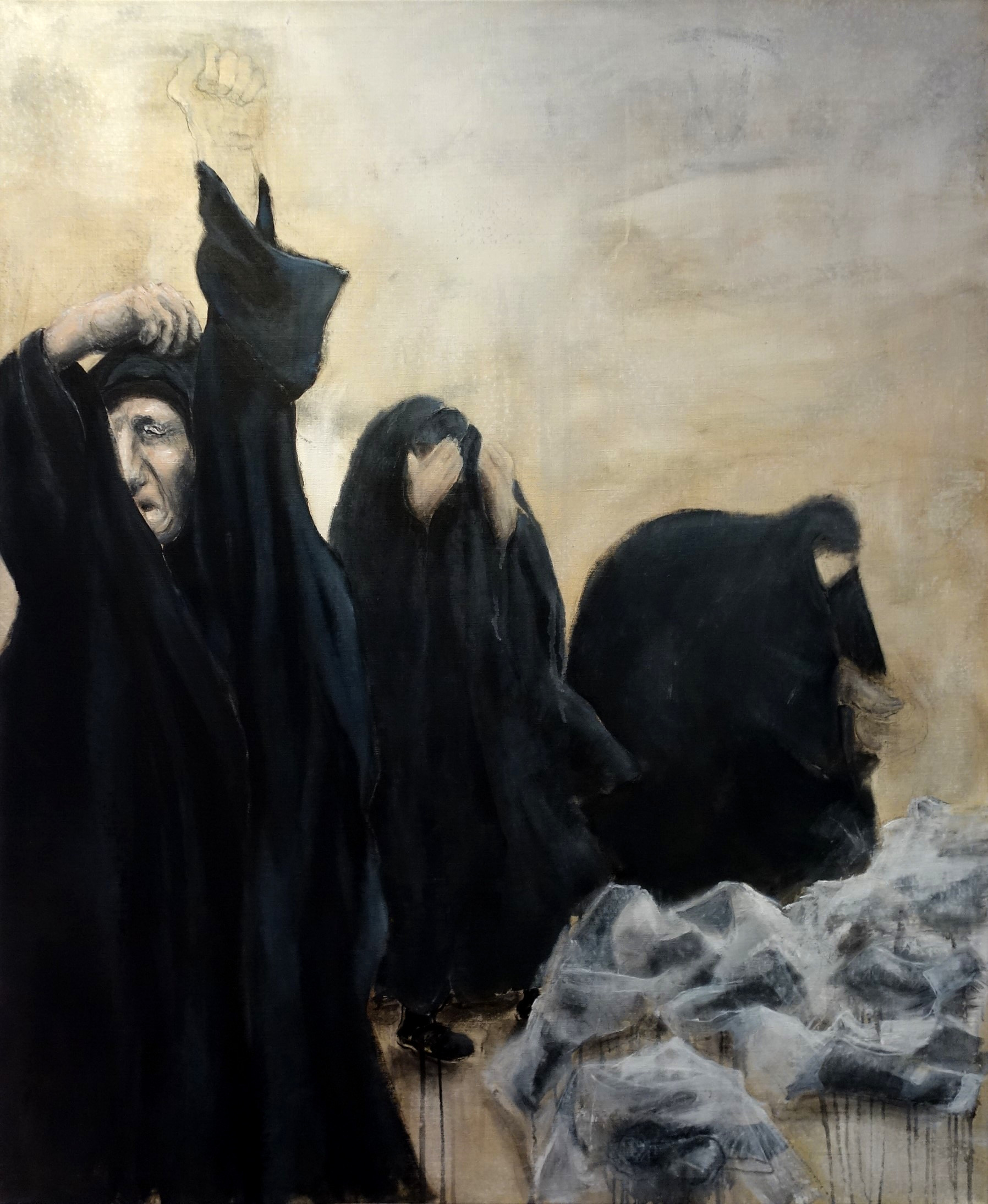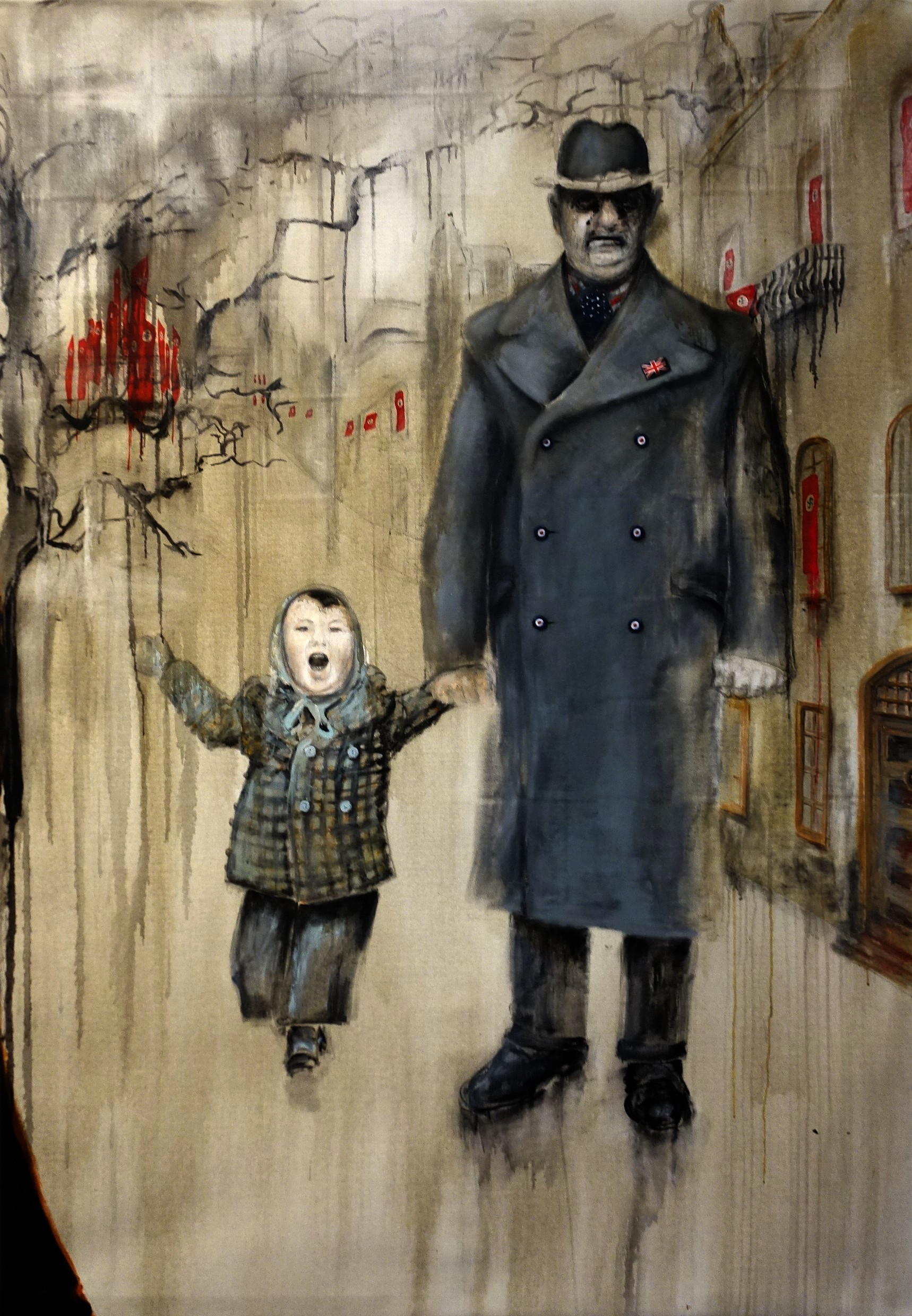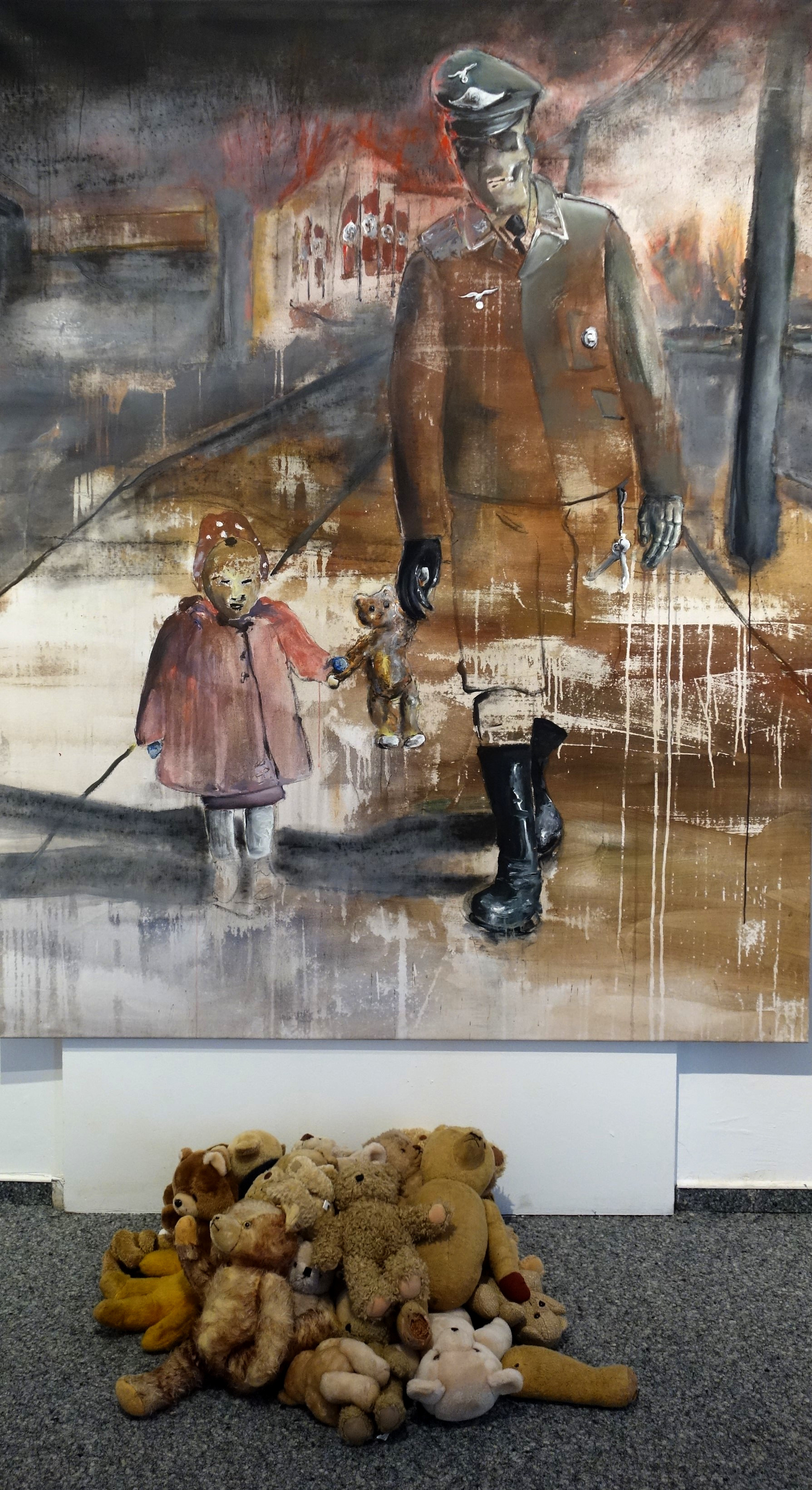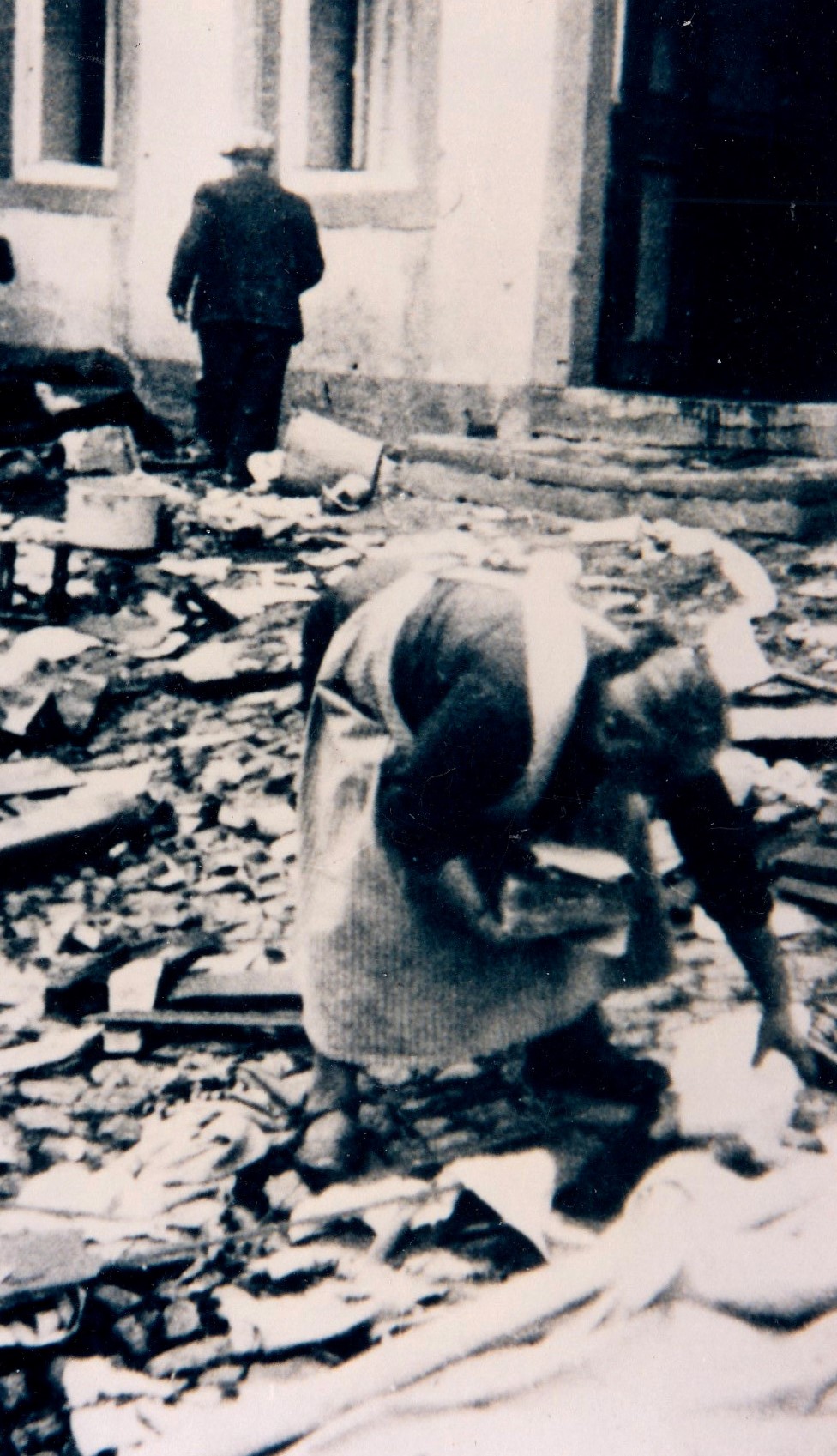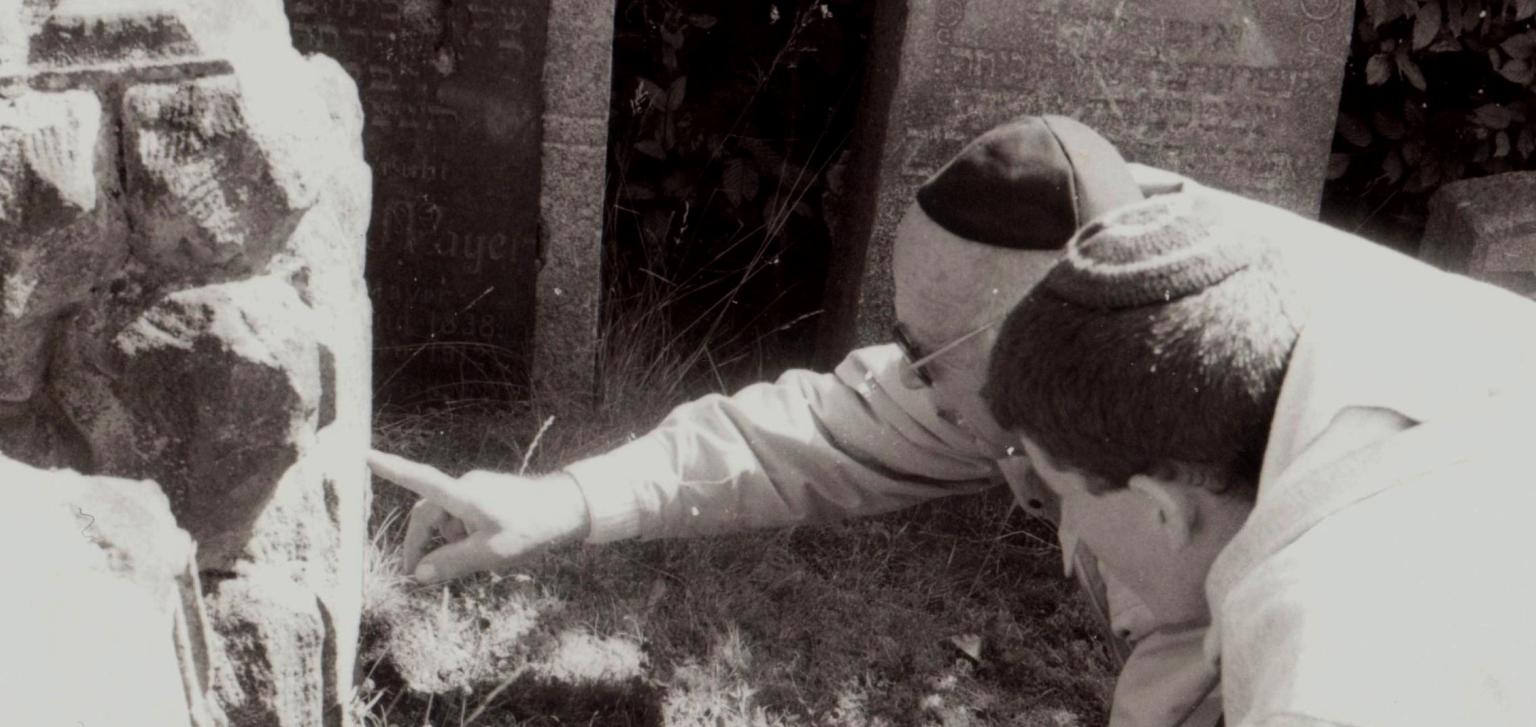
„The past is never dead. It's not even past. We separate ourselves from it and treat it like a stranger.“ This is how the German author Christa Wolf described attempts to approach her own past in the book „Kindheitsmuster“ (Patterns of Childhood) in 1976. The gradual process of „coming to terms with the past“ began at different levels after 1945 - individual and collective, private and public. Yet, the National Socialist era cannot simply be „disposed of“. For this reason, today's approach is dominated by expressions such as „reappraisal“ and „culture of remembrance“, which allude to the interminable character of the experiences and the events.
Without words
National Socialism irretrievably destroyed rural Jewish life. A thriving Jewish community has not existed in the Rhine-Hunsrück region since the 1940s. Their members chose to flee, many are still missing, they were deported, and they were murdered in the concentration camps. Survivors have distanced themselves from what was once their homeland; choosing rather to focus on what lies ahead. Sadly, the experiences of war, of flight and of escape have left behind deep psychological wounds that still impact lives, both consciously and unconsciously, in the new worlds they’ve chosen for themselves. Many remained silent about what they had gone through – perhaps because they couldn’t find the words, possibly out of shame or maybe out of fear – the impossibility of coping with such memories leads to a repression of them. Yet, especially in old age, survivors have ventured to open these old wounds as their need for dialogue grows.
Chanan Somberg, a former concentration camp prisoner in Treblinka now living in Tel Aviv, voices his experiences in so-called "Elegies" (in German).
Chanan Somberg: Elegies
For 40 years, Chanan Somberg evaded the work of coping with his past. In the 1980s, however, this Holocaust survivor finally did travel to Poland together with his son and to the extermination camp at Treblinka. There, he found himself confronted directly with his internment and the death of his family members. His memories returned with harrowing „convulsions“; experiences he ultimately dealt with in the form of „elegies“, or lamentations in memory of his family. Somberg describes just how these originated as follows:
When I decided to travel to Poland, I laid awake that entire night because my doubts and misgivings didn’t leave me a moment’s peace. […] When I was finally able to doze off, I dreamt of my family - as always with my mind drifting to situations associated with the horrors of those times, and similar to thousands of my previous dreams about the suffering and the death of my family. […] I screamed and cried, then awoke with my tears still shedding. I jumped out of bed covered in a cold sweat and felt compelled to go to my desk. My hand wrote down the letters, with the letters becoming words and the words becoming sentences; sentences that burned in my bones like fire. The ink was blood; my life’s blood! And so these elegies took form, written in my lifeblood, in memory of my loved ones who were as inseparable in life as they were in death.
Somberg’s elegies were translated into German by his friend, Hans Shimon Forst from Kastellaun, and are read here by Lis Braun.
Passing on the trauma from generation to generation
Even so, the trauma persists - and it will be passed on to the next generations. Family members continue to bear the unspeakable pain suffered by their parents and grandparents. Yet, it is not only the communication within the family, but also how the surrounding community handles these traumatic experiences that will have the greatest influence on those effected. Public engagement, such as the establishment of places of remembrance, can make a positive contribution to coping with the trauma. While delving into one’s family history can represent a valuable building block in the search for individual identity, others cannot and may not even want to restore those ties. What remains are unanswered questions on every page: How can a human being lead a normal life after surviving persecution and annihilation?
The artist Ferdinand Frieß from Bad Kreuznach deals with his own family history through his paintings. He reflects on the relationship he had with his grandfather who was active in the resistance: "... I internalized his rage, his weakness, his grief."
Voices
The following quotes are from Hunsrück Jews, their children and their grandchildren. They range from carefree childhood memories to painful recollections, including thoughtful reflections and glimpses into life after the Holocaust.

